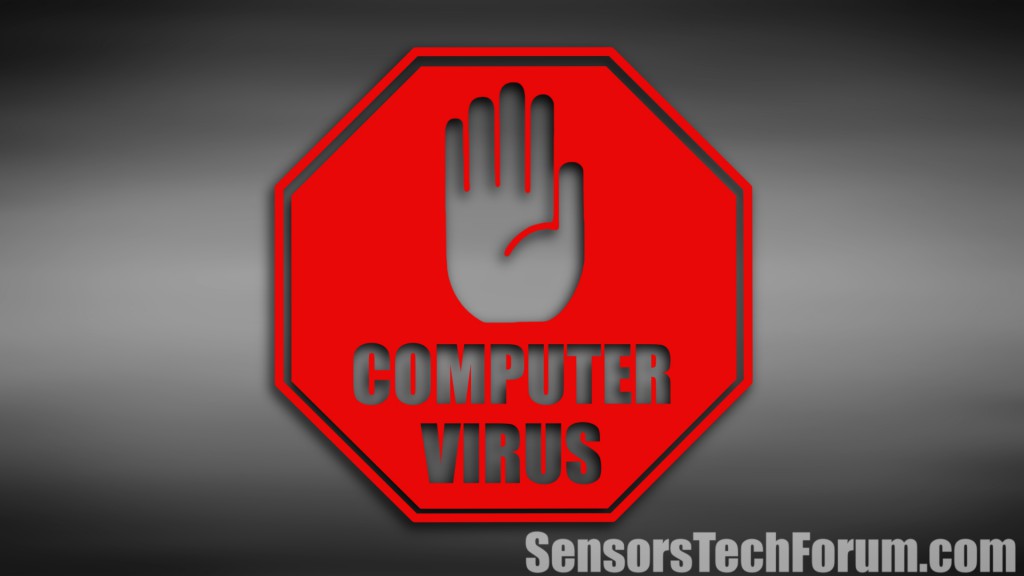
TeslaCrypt, also known as AlphaCrypt, Cryptesla, and Tescrypt is one of the most prevalent crypto viruses (or ransomware) at the moment, the other one being CryptoWall. Recently, we witnessed a freshly updated version of TeslaCrypt.
This version was encrypting the user’s files, appending a .vvv extension to them and adding how_recover+abc files in multiple folders. Just a few weeks later, we’re already witnessing another updated version of TeslaCrypt’s .vvv variant, using even stronger encryption – RSA-4096.

Threat Summary
| Name | TeslaCrypt RSA-4096 |
| Type | Ransomware |
| Short Description | A new version of TeslaCrypt has employed the RSA-4096 algorithm. |
| Symptoms | The .vvv extendion is appended to the victim’s files. |
| Distribution Method | Via exploit kits, suspicious emails, etc. |
| Detection Tool |
See If Your System Has Been Affected by malware
Download
Malware Removal Tool
|
| User Experience | Join Our Forum to Discuss RSA-4096 Ransomware. |
| Data Recovery Tool | Windows Data Recovery by Stellar Phoenix Notice! This product scans your drive sectors to recover lost files and it may not recover 100% of the encrypted files, but only few of them, depending on the situation and whether or not you have reformatted your drive. |
Learn more about RSA-4096 algorithm

TeslaCrypt RSA-4096 Version Technical Description
Let’s call this new version of the rasomware TeslaCrypt RSA-4096. What is the difference between the previous known version and this one? Basically, the main change is in the encryption key. The latest version of TeslaCrypt has adopted an encryption algorithm known to be practically impossible to decrypt. The decryption process of RSA-4096 would take hundreds, maybe thousands of years to decrypt, even with the assistance of a super computer.
BleepingComputer has classified all the variants of TeslaCrypt in accordance with the file extensions they append to the victim’s files.
Here is the list:
TeslaCrypt Version 1
Extension – adds .ecc extension
Decryption – yes, with the help of TeslaDecoder
TeslaCrypt Version 2
Extension – .ecc
Decryption – yes, with the help of TeslaDecoder
N.B. With these versions of TeslaCrypt decryption is possible in cases when the decryption key was zeroed out but partial key was still available in key.dat. Moreover, the decryption key could also be obtained from TeslaCrypt’s request sent to the server. This ‘mistake’ was fixed with the next version.
TeslaCrypt Version 3
Extension – adds .ecc, .ezz extensions
Decryption – yes, with the help of TeslaDecoder
N.B. With this version, it’s already impossible to recover the original decrypton key without the private key only known by the ransomware’s authors. However, decryption key could be obtained from TeslaCrypt’s request to the server.
TeslaCrypt Version 4
Extension– adds .ezz, .exx extensions
Decryption – yes, with the help of TeslaDecoder
N.B. With this version, it’s again impossible to recover the original decrypton key without the private key only known by the ransomware’s authors. However, decryption key could be obtained from TeslaCrypt’s request to its server.
TeslaCrypt Version 5
Extension – adds .xyz, .zzz, .aaa, .abc, .ccc extensions
Decryption – only possible if the victim succeeded in capturing the key while being sent to the server at the time of encryption.
TeslaCrypt Version 6
Extension – adds .xyz, .zzz, .aaa, .abc, .ccc extensions
Decryption – no known way to decrypt the files without the decryption key sent by the ransomware’s authors; only possible if the victim succeeded in capturing the key while being sent to the server at the time of encryption.
TeslaCrypt Version 7
Extension – adds .ccc extension
Decryption – decryption is only possible, if the victim succeeded in capturing the key during the encryption process in the memory of the machine.
TeslaCrypt Version 8
Extension – adds .vvv extension
Decryption – decryption is only possible, if the victim succeeded in capturing the key during the encryption process in the memory of the machine.
TeslaCrypt RSA-4096 Version
As already mentioned, this updated version of TeslaCrypt appends the .vvv extension to the victim’s files.
Victims of the ransomware have reported that their files have been changed to ‘[file name].docx.vvv’. Also, how_recover+nsv.html and how_recover+nsv.txt files are dropped in every folder.
The Trojan dropping the ransomware has been detected to be Trojan:Win32/Miuref:B – an infostealer type of Trojan. Other Trojans may be used in the malicious operation as well.
It’s also important to note that the main executable files that are responsible for the encryption process were most likely deleted after completion of encryption. Also, once TeslaCrypt has finished encrypting the victim’s files, it typically deletes itself. The only traces left are the ransom notes. If an AV program is present on the victim’s system, it should have cleaned off any leftovers of the ransomware.
According to the November update article by Microsoft’s Technet, Microsoft Malicious Software Removal Tool should be updated and able to detect TeslaCrypt. Microsoft’s detection names for TeslaCrypt are Tescrypt, Win32/Tescrypt, Ransom:Win32/Tescrypt.
However, no AV program released by Microsoft or another vendor is able to decrypt files encrypted by ransomware. For now.
What Should Users Attacked by TeslaCrypt RSA-4096 Do?
Unfortunately, files encrypted with the strong RSA-4096 algorithm cannot be decrypted, except when a decryption key sent by the ransomware’s authors is used. As you probably know, security researchers never advise on paying the demanded ransom. Ransomware has evolved so much because cyber crime groups have gathered enough resources and were able to improve their products.
The only way to decrypt your files (besides paying for the decryption key) is if you have an external backup that was kept offline.
Once you have removed the threat via an anti-malware program or manually, you can use your backup solutions to restore the encrypted files. However, if you haven’t regularly backed up your files, nothing can be done.
Encryption by earlier versions of TeslaCrypt could be broken because these versions stored the private key on the local disk. Decryption could also be done via Cisco’s Talos Group Decryptor and TeslaDecoder. However, later versions were improved and ‘mistakes’ made by earlier versions were fixed. TeslaCrypt RSA-4096, in particular, has used an encryption so strong that it could take years for a super computer to decipher the encrypted information.
Is There Any Protection against Ransomware?
Besides sustaining a strong anti-malware program and all the ‘classical’ protection methods to guard the system (combination of anti-malware and anti-virus, external firewall, etc.), there are some tools such as Shadow Defender designed to protect against ransomware such as TeslaCrypt RSA-4096.
What Is Shadow Defender?
Shadow Defender is a security solution for Windows systems. The tool can run in a virtual environment called Shadow Mode which redirects each system change to a virtual environment with no change to the real one. The virtual environment is also known as Light Virtualization. In other words, Shadow Defender can restore the system to its original state, or before the particular infection took place. We haven’t tested the solution, so we cannot confirm that it works on ransomware cases. However, users who have tried it have shared positive opinions. The only weak spot of the solution appears to be rootkit-related. The operator of the rootkit could disable the tool or delete its databases, stripping it from its capability to restore the system to an uninfected state.
Finally, if you have been hit by TeslaCrypt RSA-4096 or another ransomware and you haven’t cleaned your system, refer to the removal options below the article.
You can also refer to our forum where you can start a topic and receive help.
Manually delete TeslaCrypt RSA-4096 from your computer.
Note! Substantial notification about the TeslaCrypt RSA-4096 threat: Manual removal of TeslaCrypt RSA-4096 requires interference with system files and registries. Thus, it can cause damage to your PC. Even if your computer skills are not at a professional level, don’t worry. You can do the removal yourself just in 5 minutes, using a malware removal tool.
Automatically remove TeslaCrypt RSA-4096 by downloading an advanced anti-malware program
- Step 1
- Step 2
- Step 3
- Step 4
- Step 5
Step 1: Scan for TeslaCrypt RSA-4096 with SpyHunter Anti-Malware Tool



Ransomware Automatic Removal - Video Guide
Step 2: Uninstall TeslaCrypt RSA-4096 and related malware from Windows
Here is a method in few easy steps that should be able to uninstall most programs. No matter if you are using Windows 10, 8, 7, Vista or XP, those steps will get the job done. Dragging the program or its folder to the recycle bin can be a very bad decision. If you do that, bits and pieces of the program are left behind, and that can lead to unstable work of your PC, errors with the file type associations and other unpleasant activities. The proper way to get a program off your computer is to Uninstall it. To do that:


 Follow the instructions above and you will successfully delete most unwanted and malicious programs.
Follow the instructions above and you will successfully delete most unwanted and malicious programs.
Step 3: Clean any registries, created by TeslaCrypt RSA-4096 on your computer.
The usually targeted registries of Windows machines are the following:
- HKEY_LOCAL_MACHINE\Software\Microsoft\Windows\CurrentVersion\Run
- HKEY_CURRENT_USER\Software\Microsoft\Windows\CurrentVersion\Run
- HKEY_LOCAL_MACHINE\Software\Microsoft\Windows\CurrentVersion\RunOnce
- HKEY_CURRENT_USER\Software\Microsoft\Windows\CurrentVersion\RunOnce
You can access them by opening the Windows registry editor and deleting any values, created by TeslaCrypt RSA-4096 there. This can happen by following the steps underneath:


 Tip: To find a virus-created value, you can right-click on it and click "Modify" to see which file it is set to run. If this is the virus file location, remove the value.
Tip: To find a virus-created value, you can right-click on it and click "Modify" to see which file it is set to run. If this is the virus file location, remove the value.
Before starting "Step 4", please boot back into Normal mode, in case you are currently in Safe Mode.
This will enable you to install and use SpyHunter 5 successfully.
Step 4: Boot Your PC In Safe Mode to isolate and remove TeslaCrypt RSA-4096





Step 5: Try to Restore Files Encrypted by TeslaCrypt RSA-4096.
Method 1: Use STOP Decrypter by Emsisoft.
Not all variants of this ransomware can be decrypted for free, but we have added the decryptor used by researchers that is often updated with the variants which become eventually decrypted. You can try and decrypt your files using the instructions below, but if they do not work, then unfortunately your variant of the ransomware virus is not decryptable.
Follow the instructions below to use the Emsisoft decrypter and decrypt your files for free. You can download the Emsisoft decryption tool linked here and then follow the steps provided below:
1 Right-click on the decrypter and click on Run as Administrator as shown below:

2. Agree with the license terms:

3. Click on "Add Folder" and then add the folders where you want files decrypted as shown underneath:

4. Click on "Decrypt" and wait for your files to be decoded.

Note: Credit for the decryptor goes to Emsisoft researchers who have made the breakthrough with this virus.
Method 2: Use data recovery software
Ransomware infections and TeslaCrypt RSA-4096 aim to encrypt your files using an encryption algorithm which may be very difficult to decrypt. This is why we have suggested a data recovery method that may help you go around direct decryption and try to restore your files. Bear in mind that this method may not be 100% effective but may also help you a little or a lot in different situations.
Simply click on the link and on the website menus on the top, choose Data Recovery - Data Recovery Wizard for Windows or Mac (depending on your OS), and then download and run the tool.
TeslaCrypt RSA-4096-FAQ
What is TeslaCrypt RSA-4096 Ransomware?
TeslaCrypt RSA-4096 is a ransomware infection - the malicious software that enters your computer silently and blocks either access to the computer itself or encrypt your files.
Many ransomware viruses use sophisticated encryption algorithms to make your files inaccessible. The goal of ransomware infections is to demand that you pay a ransom payment to get access to your files back.
What Does TeslaCrypt RSA-4096 Ransomware Do?
Ransomware in general is a malicious software that is designed to block access to your computer or files until a ransom is paid.
Ransomware viruses can also damage your system, corrupt data and delete files, resulting in the permanent loss of important files.
How Does TeslaCrypt RSA-4096 Infect?
Via several ways.TeslaCrypt RSA-4096 Ransomware infects computers by being sent via phishing emails, containing virus attachment. This attachment is usually masked as an important document, like an invoice, bank document or even a plane ticket and it looks very convincing to users.
Another way you may become a victim of TeslaCrypt RSA-4096 is if you download a fake installer, crack or patch from a low reputation website or if you click on a virus link. Many users report getting a ransomware infection by downloading torrents.
How to Open .TeslaCrypt RSA-4096 files?
You can't without a decryptor. At this point, the .TeslaCrypt RSA-4096 files are encrypted. You can only open them once they are decrypted using a specific decryption key for the particular algorithm.
What to Do If a Decryptor Does Not Work?
Do not panic, and backup the files. If a decryptor did not decrypt your .TeslaCrypt RSA-4096 files successfully, then do not despair, because this virus is still new.
Can I Restore ".TeslaCrypt RSA-4096" Files?
Yes, sometimes files can be restored. We have suggested several file recovery methods that could work if you want to restore .TeslaCrypt RSA-4096 files.
These methods are in no way 100% guaranteed that you will be able to get your files back. But if you have a backup, your chances of success are much greater.
How To Get Rid of TeslaCrypt RSA-4096 Virus?
The safest way and the most efficient one for the removal of this ransomware infection is the use a professional anti-malware program.
It will scan for and locate TeslaCrypt RSA-4096 ransomware and then remove it without causing any additional harm to your important .TeslaCrypt RSA-4096 files.
Can I Report Ransomware to Authorities?
In case your computer got infected with a ransomware infection, you can report it to the local Police departments. It can help authorities worldwide track and determine the perpetrators behind the virus that has infected your computer.
Below, we have prepared a list with government websites, where you can file a report in case you are a victim of a cybercrime:
Cyber-security authorities, responsible for handling ransomware attack reports in different regions all over the world:
Germany - Offizielles Portal der deutschen Polizei
United States - IC3 Internet Crime Complaint Centre
United Kingdom - Action Fraud Police
France - Ministère de l'Intérieur
Italy - Polizia Di Stato
Spain - Policía Nacional
Netherlands - Politie
Poland - Policja
Portugal - Polícia Judiciária
Greece - Cyber Crime Unit (Hellenic Police)
India - Mumbai Police - CyberCrime Investigation Cell
Australia - Australian High Tech Crime Center
Reports may be responded to in different timeframes, depending on your local authorities.
Can You Stop Ransomware from Encrypting Your Files?
Yes, you can prevent ransomware. The best way to do this is to ensure your computer system is updated with the latest security patches, use a reputable anti-malware program and firewall, backup your important files frequently, and avoid clicking on malicious links or downloading unknown files.
Can TeslaCrypt RSA-4096 Ransomware Steal Your Data?
Yes, in most cases ransomware will steal your information. It is a form of malware that steals data from a user's computer, encrypts it, and then demands a ransom in order to decrypt it.
In many cases, the malware authors or attackers will threaten to delete the data or publish it online unless the ransom is paid.
Can Ransomware Infect WiFi?
Yes, ransomware can infect WiFi networks, as malicious actors can use it to gain control of the network, steal confidential data, and lock out users. If a ransomware attack is successful, it could lead to a loss of service and/or data, and in some cases, financial losses.
Should I Pay Ransomware?
No, you should not pay ransomware extortionists. Paying them only encourages criminals and does not guarantee that the files or data will be restored. The better approach is to have a secure backup of important data and be vigilant about security in the first place.
What Happens If I Don't Pay Ransom?
If you don't pay the ransom, the hackers may still have access to your computer, data, or files and may continue to threaten to expose or delete them, or even use them to commit cybercrimes. In some cases, they may even continue to demand additional ransom payments.
Can a Ransomware Attack Be Detected?
Yes, ransomware can be detected. Anti-malware software and other advanced security tools can detect ransomware and alert the user when it is present on a machine.
It is important to stay up-to-date on the latest security measures and to keep security software updated to ensure ransomware can be detected and prevented.
Do Ransomware Criminals Get Caught?
Yes, ransomware criminals do get caught. Law enforcement agencies, such as the FBI, Interpol and others have been successful in tracking down and prosecuting ransomware criminals in the US and other countries. As ransomware threats continue to increase, so does the enforcement activity.
About the TeslaCrypt RSA-4096 Research
The content we publish on SensorsTechForum.com, this TeslaCrypt RSA-4096 how-to removal guide included, is the outcome of extensive research, hard work and our team’s devotion to help you remove the specific malware and restore your encrypted files.
How did we conduct the research on this ransomware?
Our research is based on an independent investigation. We are in contact with independent security researchers, and as such, we receive daily updates on the latest malware and ransomware definitions.
Furthermore, the research behind the TeslaCrypt RSA-4096 ransomware threat is backed with VirusTotal and the NoMoreRansom project.
To better understand the ransomware threat, please refer to the following articles which provide knowledgeable details.
As a site that has been dedicated to providing free removal instructions for ransomware and malware since 2014, SensorsTechForum’s recommendation is to only pay attention to trustworthy sources.
How to recognize trustworthy sources:
- Always check "About Us" web page.
- Profile of the content creator.
- Make sure that real people are behind the site and not fake names and profiles.
- Verify Facebook, LinkedIn and Twitter personal profiles.



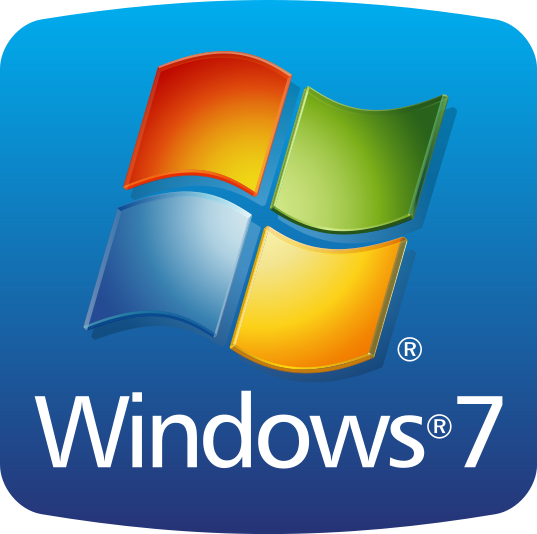 1. For Windows 7,XP and Vista.
1. For Windows 7,XP and Vista.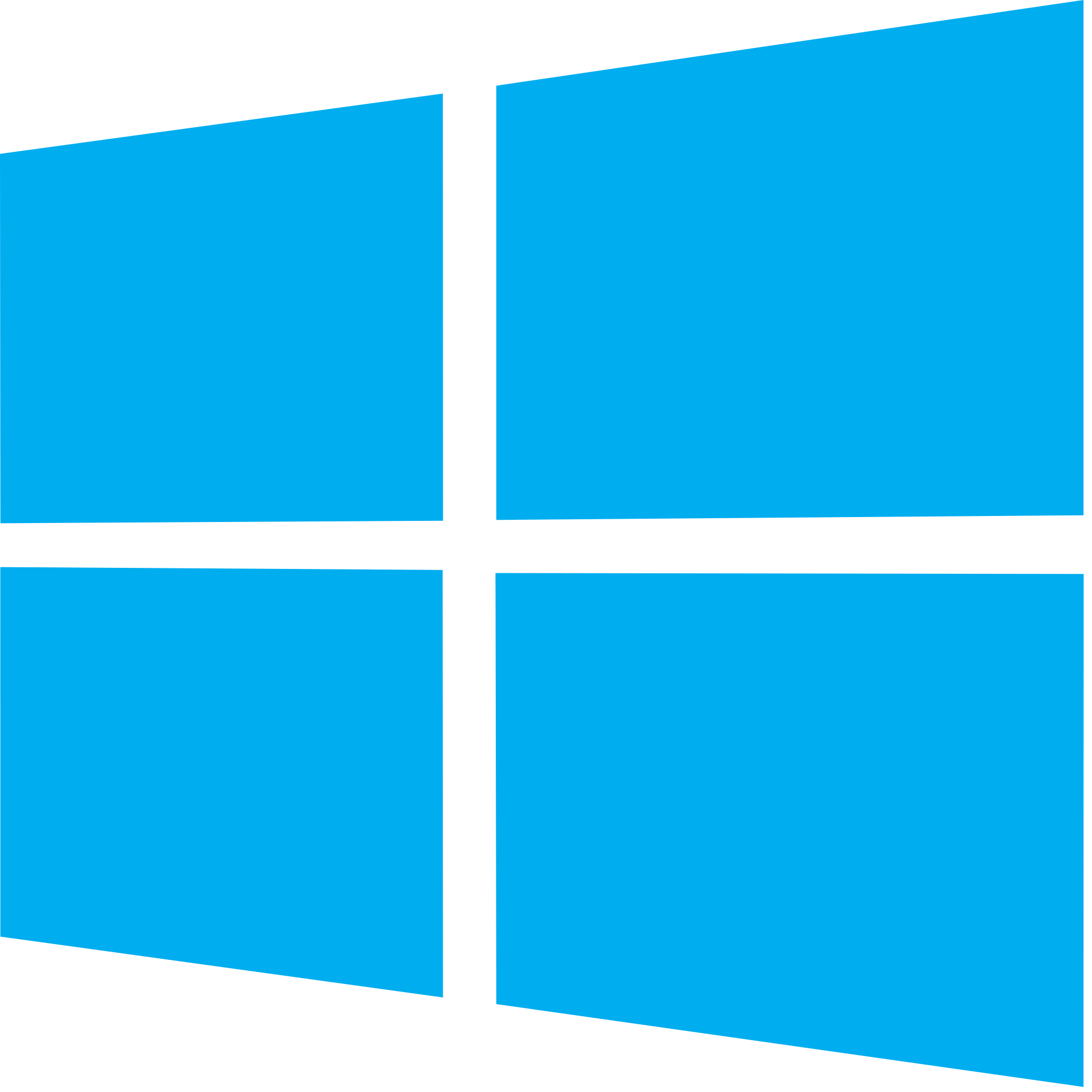 2. For Windows 8, 8.1 and 10.
2. For Windows 8, 8.1 and 10.

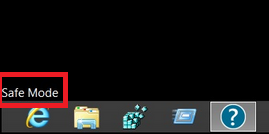
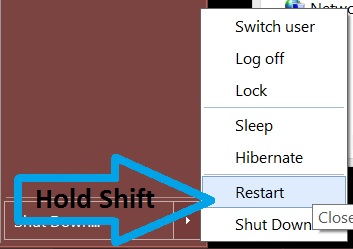
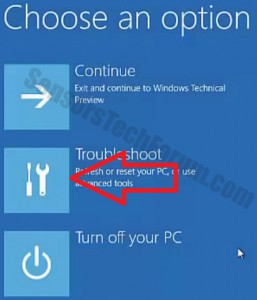
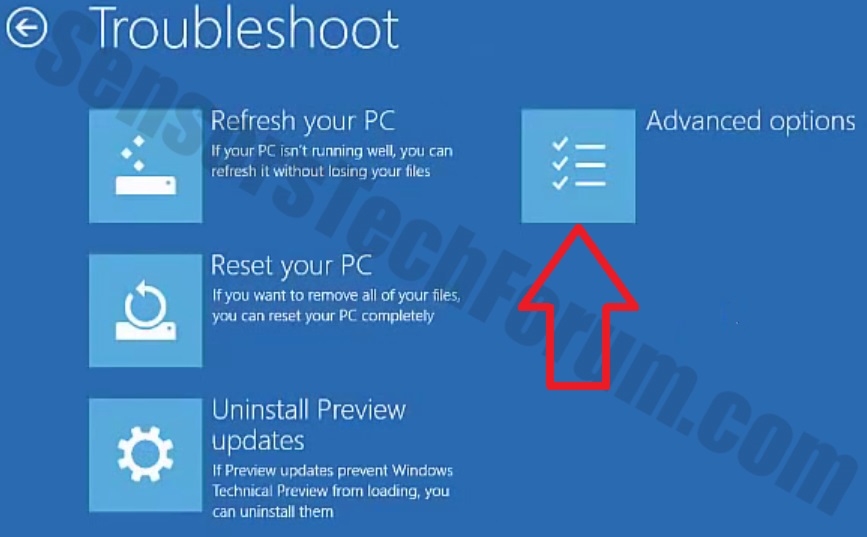

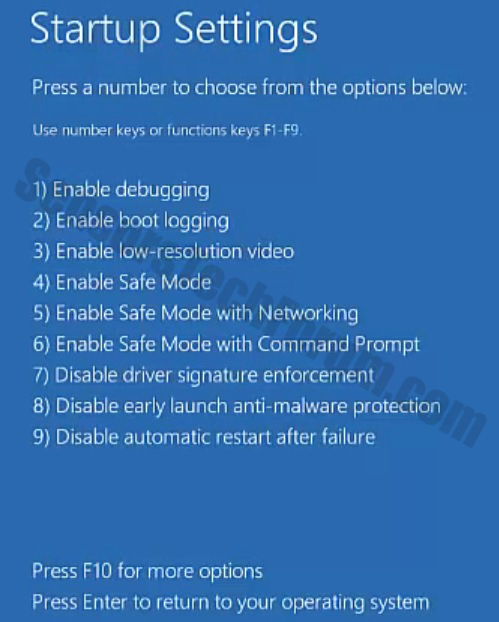

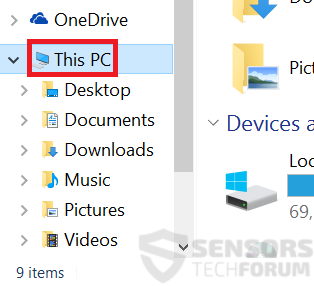
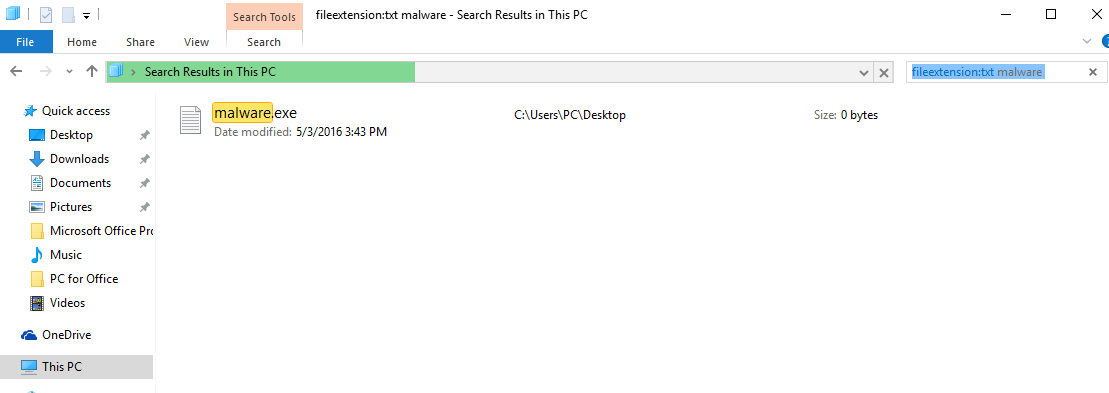
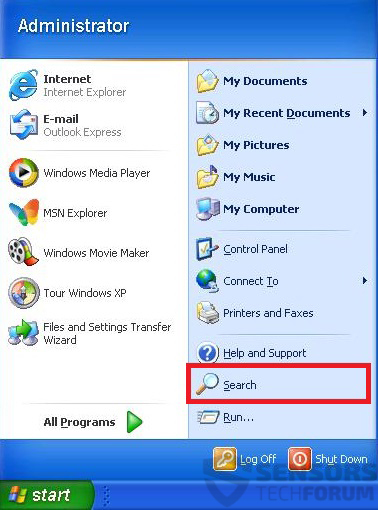

 1. Install SpyHunter to scan for and remove TeslaCrypt RSA-4096.
1. Install SpyHunter to scan for and remove TeslaCrypt RSA-4096.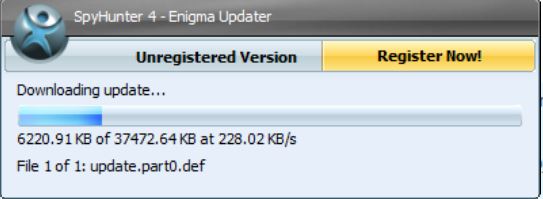

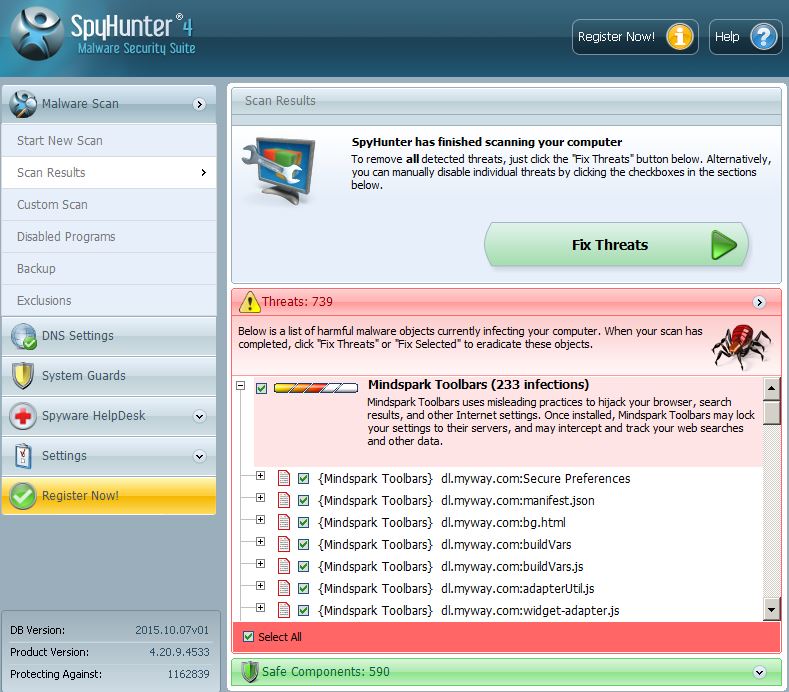
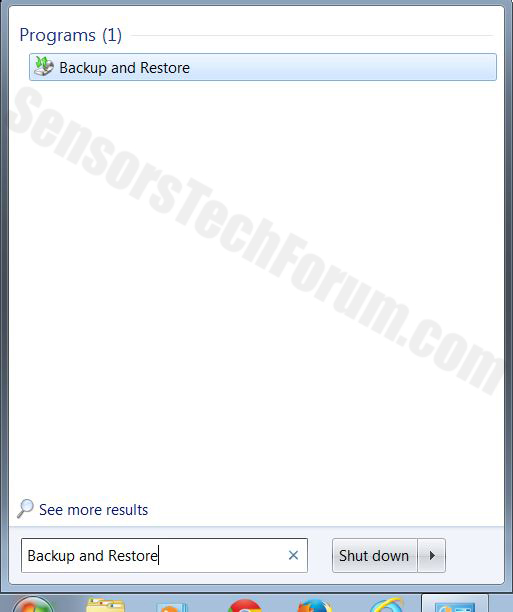
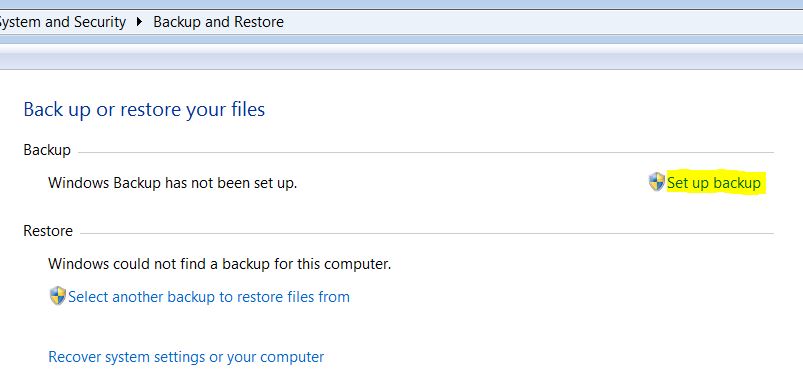
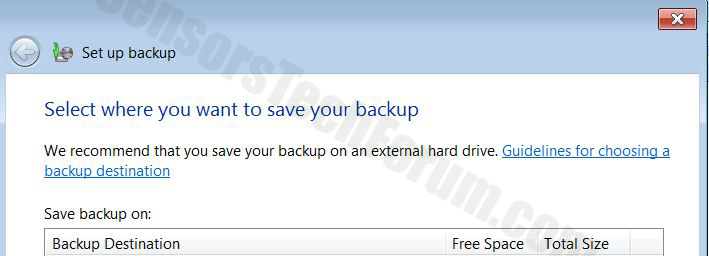
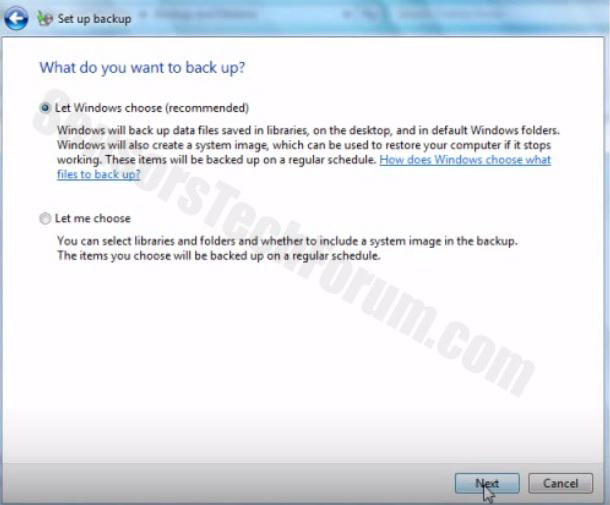
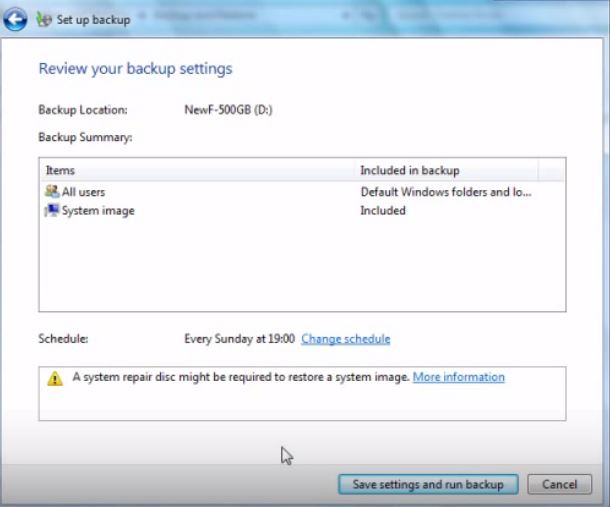

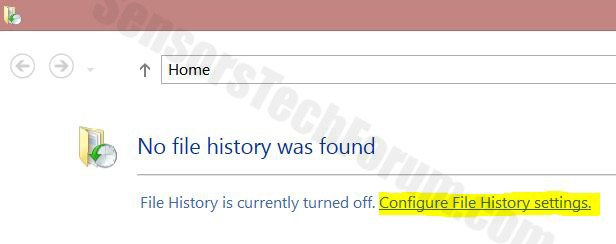
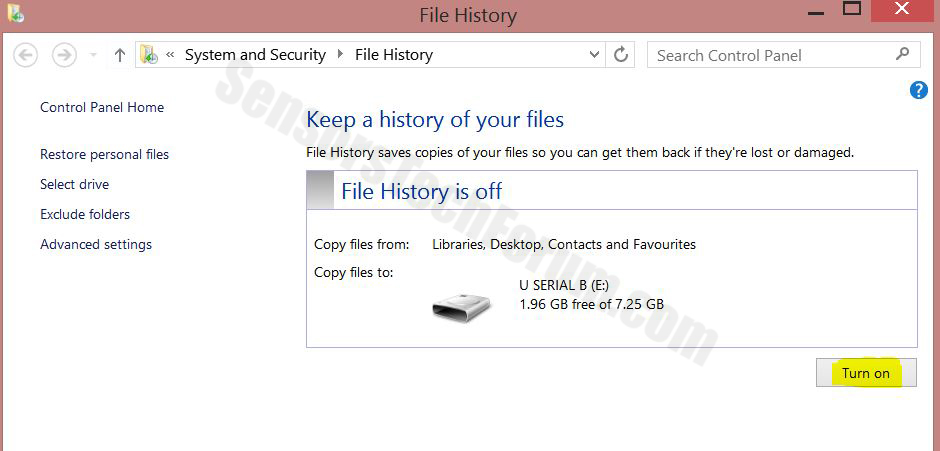



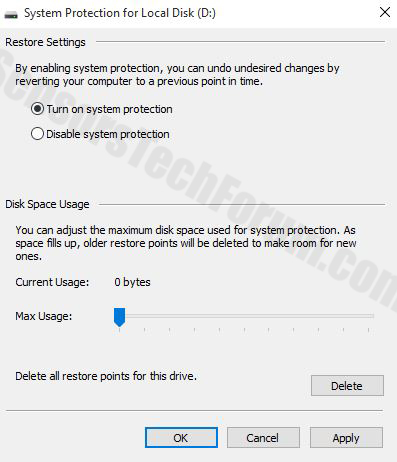
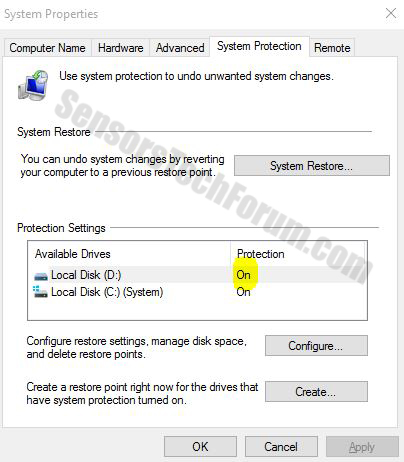
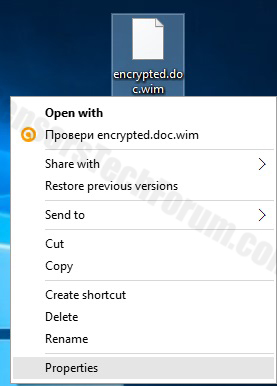
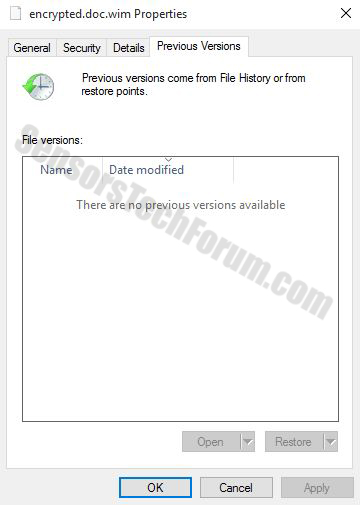
 STOPZilla Anti Malware
STOPZilla Anti Malware
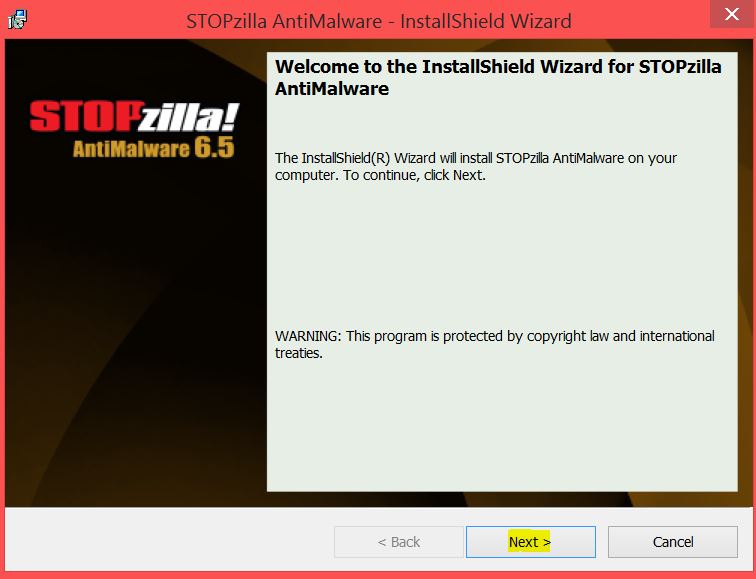
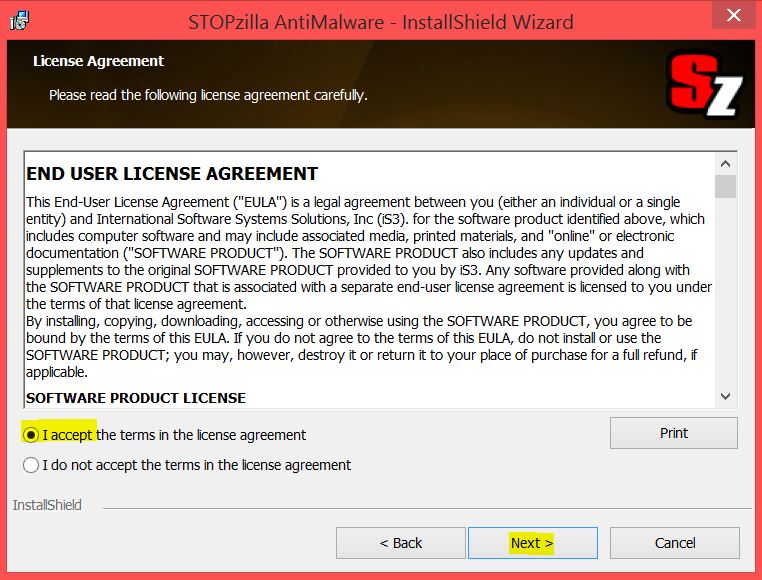
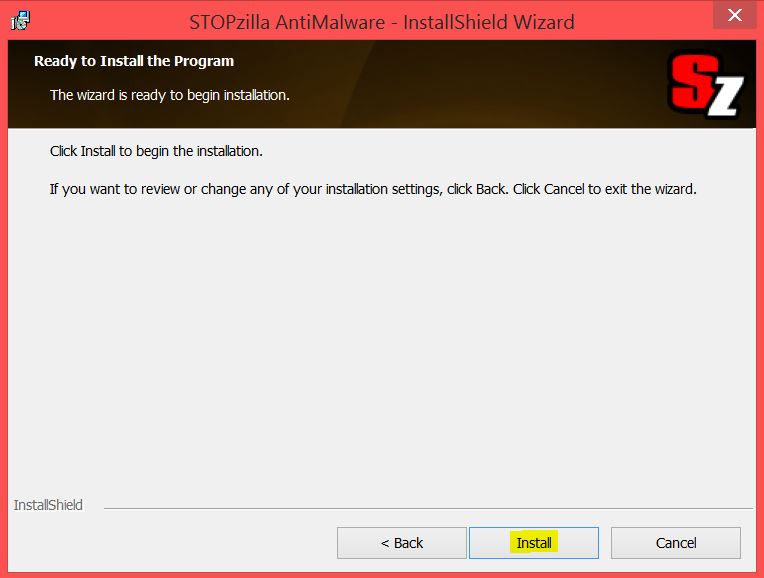
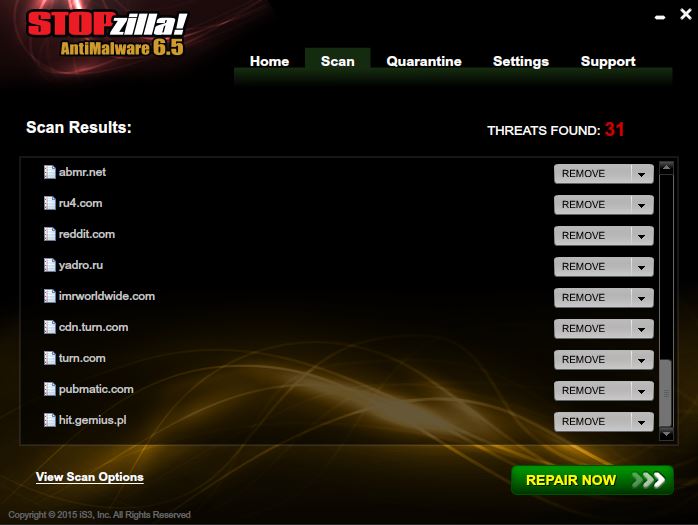

Bonjour, à tous !
Mes fichiers ont été cryptés en RSA-4096, mais ce n’est pas TeslaCrypt…
On m’a demandé une rançon…Il y a quelqu’un qui a payé déjà ? Tout c’était bien passé ?
Merci !
Hi Christian,
Can you please send us the ransom message, or copy its text? Also, what extensions are appended to your files? Here is a topic about RSA-4096 encryption, you can write there as well: sensorstechforum.com/forums/malware-removal-questions-and-guides/help!-my-files-were-encrypted-with-strong-rsa-4096-encryption!/
Please provide us with more information so that we can try and help you.
Bonjour,
Ci-après, le message reçu :
!!!!!!!!!!!!!!!!!!!!!!!!!!!!!!!!!!!!!!!!!!!!!!!!!!!!!!!!!!!!!!!!!!!!!!!!!!!!
NOT YOUR LANGUAGE? USE translate.google.com
What happened to your files ?
All of your files were protected by a strong encryption with RSA-4096.
More information about the encryption keys using RSA-4096 can be found here: en.wikipedia.org/wiki/RSA_(cryptosystem) […]
L’extension est “vvv”.
Quelqu’un qui s’y connait a essayé de récupérer mes fichiers, mais il n’a pas arrivé…D’après lui, c’est une nouvelle version du CryptoWall
Je ne sais pas comment le virus a infecté le PC…je n’ai pas ouvert des emails et je ne pas navigué sur des sites douteux.
J’ai scanné le PC et les outils utilisés n’ont rien trouvé…
Pour moi, maintenant est important de récupérer les fichiers ; c’est pour cela que j’ai demandé si quelqu’un a payé la rançon…le délai accordé approche…
Merci !
Hi again,
We believe that the ransomware is TeslaCrypt. TeslaCrypt has used the .vvv extensions before.
TeslaCrypt or CryptoWall, RSA-4096 encryption is very difficult (close to impossible) to decrypt. Has your friend tried any decryptor tools such as TeslaDecoder? Do you have a clean backup of your files?
Re-bonjour,
Oui, on a essayé TeslaDecoder, mais sans succès..il ne s’agit pas de Teslacrypt, d’après lui..
Au début, il a eu la même opinion…que c’était Teslacrypt, mais après la vérification avec TeslaDecoder, il s’est rendu compte que ce n’était pas Teslacrypt.
Non, je n’ai aucun backup…c’est pour cela que je prends en calcul de payer la rançon…c’est vrai que je n’ai pas pris une décision, mais c’est la seule possibilité de récupérer mes dossiers.
Merci !
Hi,
there is newer version that make extensions .xxx
Infortunatelly my friend got this.
If there is some way to decript i’ll apreciate this.
I have enough computer power available to use for decription even if need a lot of time.